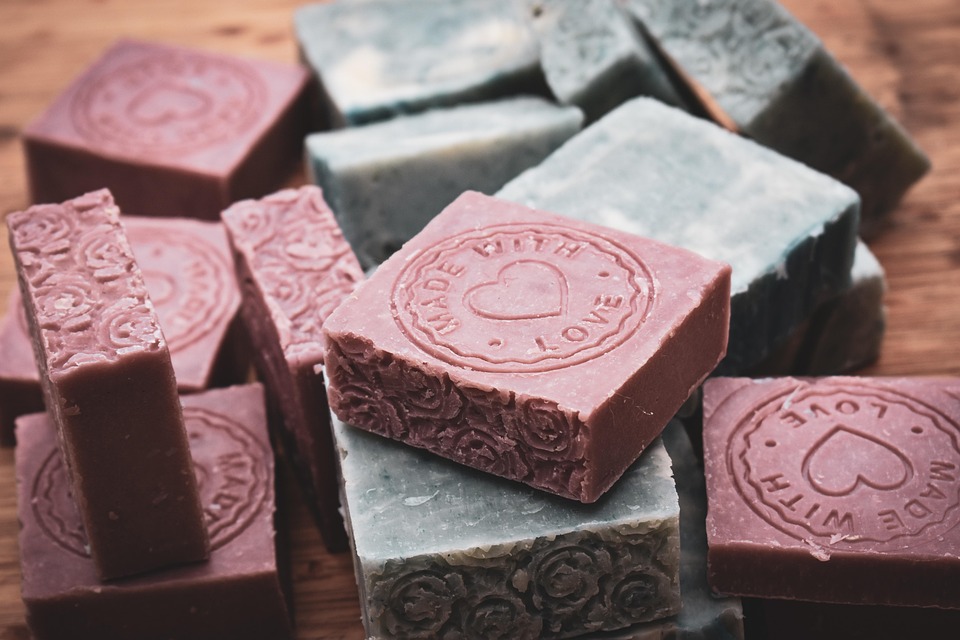Green Thumb Secrets: Expert Plant Care Tips for Thriving Gardens
Having a green thumb is not just about luck—it’s about knowledge, experience, and dedication to proper plant care. If you want your garden to thrive, it’s essential to understand the secrets of successful plant care. In this article, we will share expert tips and tricks to help you cultivate a beautiful and healthy garden.
1. Choose the Right Plants
One of the most important factors in successful plant care is selecting the right plants for your garden. Before you start planting, consider factors such as sunlight exposure, soil type, and climate conditions. Choose plants that are well-suited to your specific environment to ensure they thrive and flourish.
2. Provide Adequate Watering
Proper watering is essential for plant health. Most plants require regular watering to survive, but it’s important not to overwater or underwater them. The key is to water your plants consistently and deeply, allowing the roots to absorb moisture effectively. Be sure to water early in the morning or late in the evening to minimize evaporation.
Tip: Use a soaker hose or drip irrigation system for efficient watering.
3. Maintain Good Soil Health
Healthy soil is the foundation of a thriving garden. Make sure your soil is well-drained, nutrient-rich, and free of pests and diseases. Consider adding organic matter, such as compost or mulch, to improve soil fertility and structure. Regularly test your soil pH levels and adjust as needed to ensure optimal plant growth.
Tip: Rotate your crops to prevent nutrient depletion and disease buildup.
4. Provide Adequate Sunlight
Sunlight is essential for photosynthesis, the process by which plants convert light into energy. Most plants require at least 6-8 hours of sunlight per day to thrive. Make sure your garden is located in a sunny spot with good exposure to natural light. If your garden is shaded, consider planting shade-tolerant plants or using artificial grow lights.
Tip: Monitor sunlight exposure throughout the day to identify the best planting locations.
5. Control Pests and Diseases
Pests and diseases can wreak havoc on your garden if left unchecked. To prevent infestations, practice good garden hygiene by removing weeds, debris, and diseased plants. Consider using natural pest control methods, such as companion planting, beneficial insects, or organic sprays. Regularly inspect your plants for signs of pests or diseases and take prompt action to address any issues.
Tip: Plant pest-repellent herbs like basil, mint, and lavender to deter insects.
6. Prune and Deadhead Regularly
Pruning and deadheading are essential tasks for maintaining plant health and promoting growth. Pruning involves removing dead or overgrown branches to improve air circulation and prevent disease. Deadheading, on the other hand, involves removing spent flowers to encourage new blooms. Regularly prune and deadhead your plants to keep them looking tidy and healthy.
Tip: Use sharp, clean pruners to make clean cuts and prevent damage to your plants.
7. Feed and Fertilize Appropriately
Plants require nutrients to grow and thrive. Make sure to feed your plants with a balanced fertilizer to provide essential nutrients such as nitrogen, phosphorus, and potassium. Consider using organic fertilizers to promote soil health and reduce chemical runoff. Follow the manufacturer’s instructions for proper application and avoid over-fertilizing, which can harm your plants.
Tip: Apply fertilizer in the spring and fall to support plant growth and flowering.
8. Mulch to Retain Moisture
Mulching is a simple yet effective way to conserve moisture, suppress weeds, and improve soil health. Apply a layer of organic mulch, such as wood chips, straw, or leaves, around your plants to retain moisture and regulate soil temperature. Mulching also helps prevent soil erosion and compaction, promoting healthy root growth and plant development.
Tip: Leave a small gap between the mulch and plant stems to prevent rot and pest infestations.
9. Monitor and Adjust Care as Needed
Every garden is unique, and plant care requirements can vary depending on factors such as weather, soil conditions, and plant species. Monitor your plants regularly for signs of stress, nutrient deficiencies, or pest infestations. Adjust your care routine as needed to address any issues and ensure your plants remain healthy and thriving.
Tip: Keep a gardening journal to track plant growth, bloom times, and care routines for future reference.
10. Seek Professional Advice When Necessary
If you’re facing challenges with your plants or unsure how to care for a specific species, don’t hesitate to seek professional advice. Consult with a local garden center, horticulturist, or master gardener for expert recommendations and guidance. They can provide valuable insights, troubleshooting tips, and personalized advice to help you overcome any plant care obstacles.
Tip: Join a gardening club or online community to connect with fellow plant enthusiasts and share tips and experiences.
Conclusion
With these expert plant care tips and secrets, you’ll be well-equipped to cultivate a thriving and beautiful garden. Remember to choose the right plants, provide adequate water and sunlight, maintain good soil health, control pests and diseases, and practice regular pruning and feeding. Monitor your plants closely, adjust your care routine as needed, and seek professional advice when necessary. By following these guidelines, you’ll develop a green thumb and enjoy a flourishing garden for years to come.
Implement these expert plant care tips and watch your garden thrive!
Happy gardening!





















































